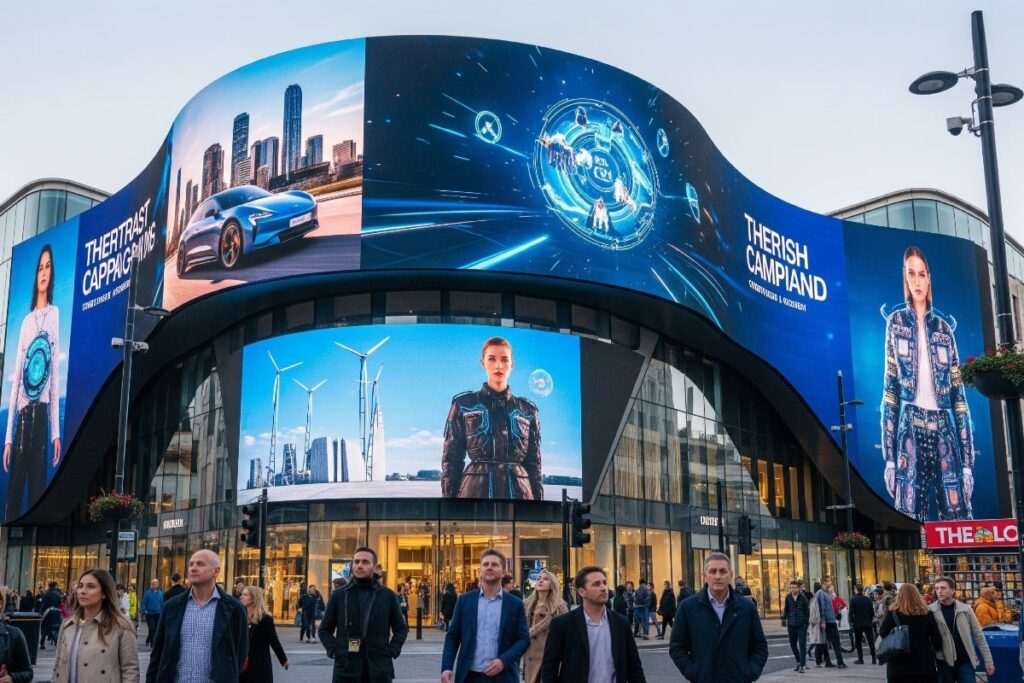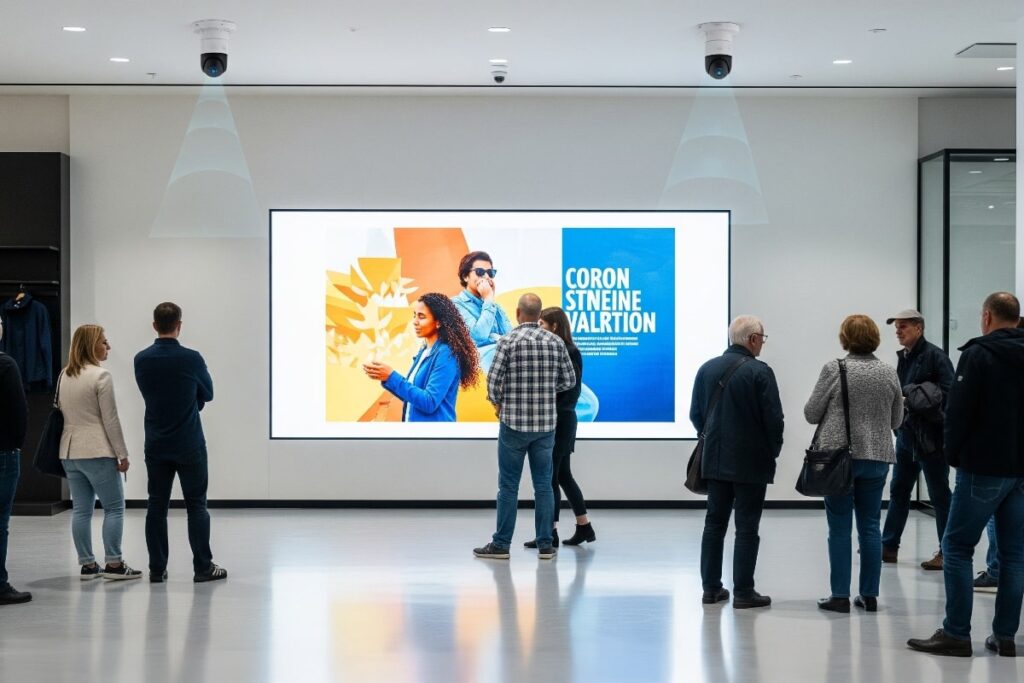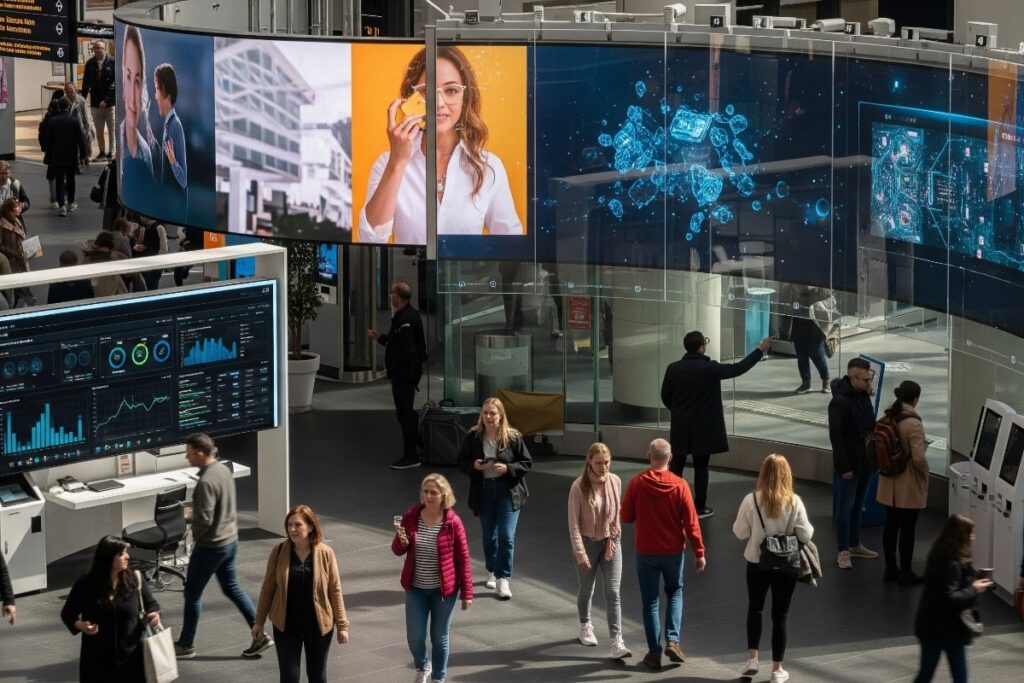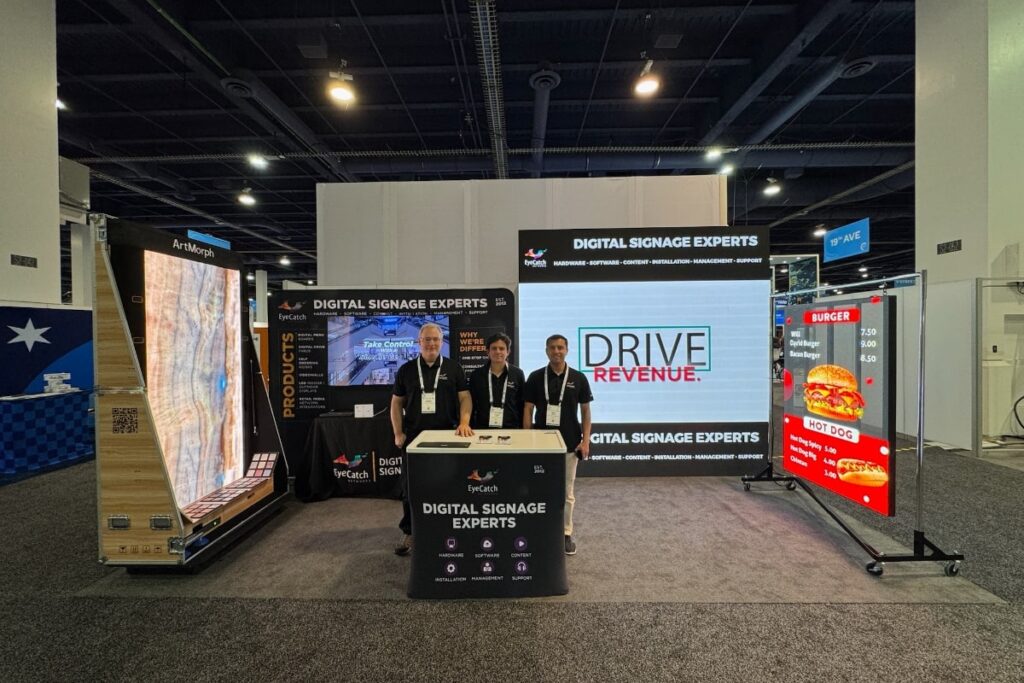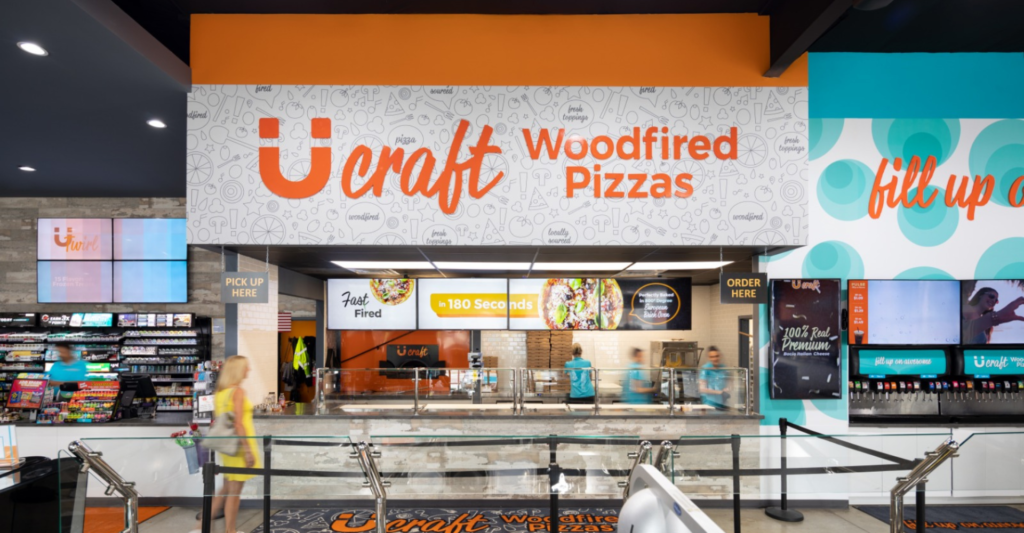Creating an effective digital restaurant menu goes far beyond simply displaying items on a screen. In today’s fast-paced digital world, a well-designed digital menu can enhance the customer experience, increase sales, and improve operational efficiency. By combining visually appealing design, strategic layout, and an understanding of consumer psychology, restaurants can influence ordering behavior, highlight promotions, and make real-time updates effortlessly.
In this guide, we’ll explain how to make a digital restaurant menu that not only looks great but also drives results, covering best practices, design strategies, and tips to create menus that truly engage your audience.
What Is a Digital Menu Board?
A digital menu board is an electronic display system that showcases your restaurant’s menu, pricing, and promotions on screens, replacing traditional printed menus. These dynamic displays are powered by digital signage software, allowing you to update content in real-time without the need for printing or manual changes. Digital menu boards are commonly used in quick-service restaurants (QSRs), fast-casual establishments, and cafes to enhance customer engagement and streamline operations.
Unlike static menu boards, digital versions offer flexibility to change items, prices, and promotions instantly. This capability ensures that your menu remains current and relevant, reflecting daily specials, seasonal offerings, or limited-time deals. The use of high-resolution images and videos can also make your menu more visually appealing, potentially increasing customer interest and sales.
Implementing a digital menu board can lead to improved operational efficiency. With centralized content management systems (CMS), updates can be made remotely, saving time and reducing the risk of errors associated with manual updates. Additionally, digital menus can be integrated with point-of-sale (POS) systems, ensuring that changes in pricing or availability are synchronized across all platforms.For more insights into the benefits and implementation of digital signage, visit Eyecatch Networks’ guide on digital signage..
Why Use a Digital Menu Board?
Implementing a digital menu board offers numerous advantages for restaurants aiming to enhance customer experience and streamline operations. Unlike traditional static menus, digital boards provide flexibility, allowing for real-time updates to menu items, pricing, and promotions. This dynamic capability ensures that your menu remains current and relevant, reflecting daily specials, seasonal offerings, or limited-time deals.
Key Benefits:
- Real-Time Updates: Easily modify menu items and prices without the need for printing new materials, saving time and reducing costs.
- Enhanced Customer Engagement: Utilize high-resolution images, videos, and animations to make your menu more visually appealing, potentially increasing customer interest and sales.
- Operational Efficiency: Centralized content management systems allow for remote updates, ensuring consistency across multiple locations and reducing the risk of errors associated with manual updates.
- Dynamic Pricing and Promotions: Implement time-based pricing strategies and promotions to maximize revenue during peak and off-peak hours.
- Sustainability: Reduce paper waste and printing costs, contributing to a more eco-friendly operation.
For a deeper understanding of how digital menu boards can transform your restaurant’s operations, explore 12 Benefits of Using Digital Menu Boards..
How to Set Up a Digital Menu Board
Setting up a digital menu board requires careful planning to ensure it communicates effectively and drives results. Follow these detailed steps to create a successful system:
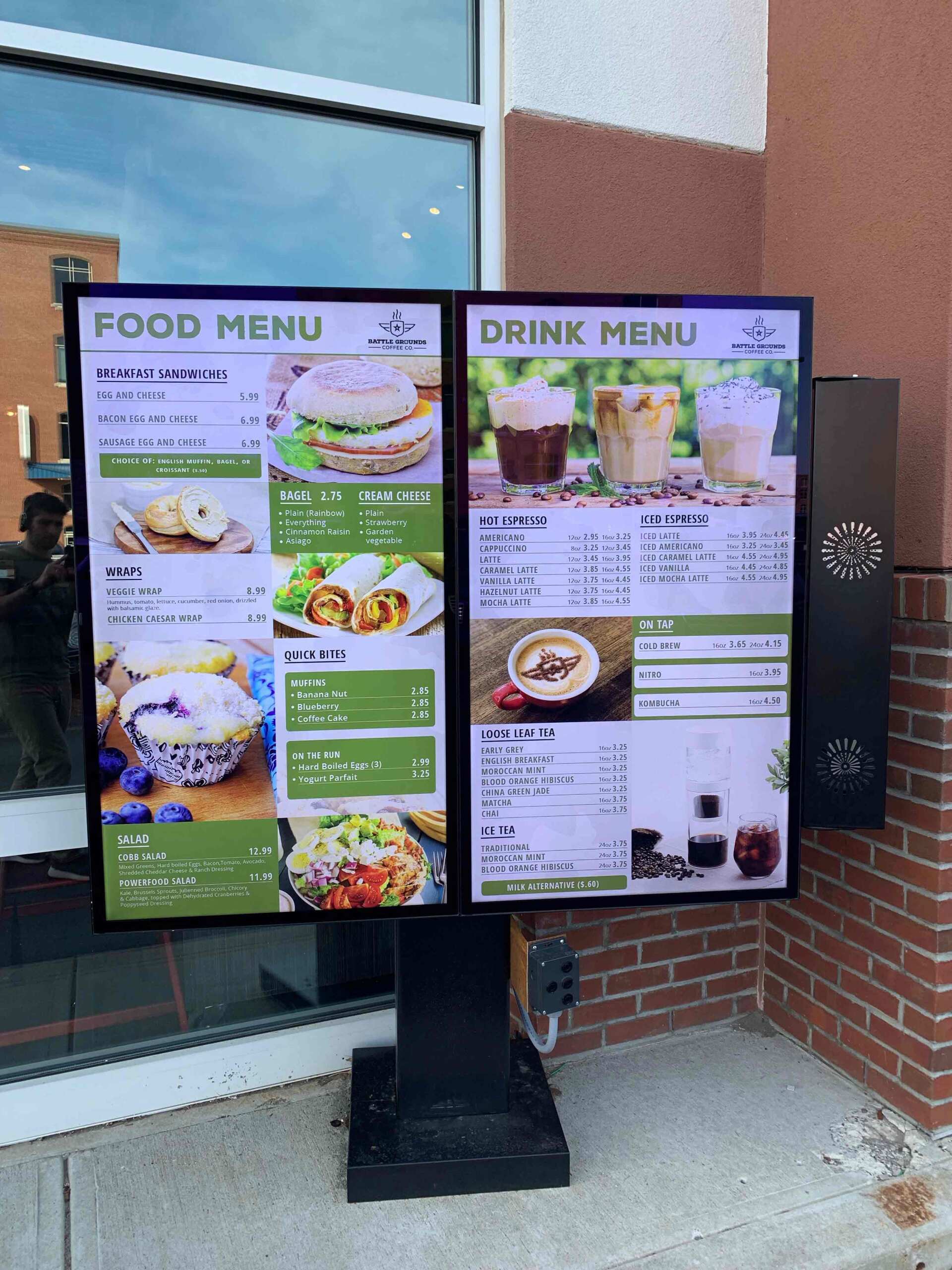
Step 1: Define Your Communication Goals
Before installing any screens, clarify what you want your digital menu to achieve. Are you aiming to increase average order value, highlight daily specials, or improve overall customer experience? Understanding these objectives will guide decisions about content, placement, and frequency of updates.
For example, a QSR promoting limited-time offers may prioritize high-traffic locations and rotating visuals, while a café focusing on brand storytelling may emphasize video and imagery. Clear goals prevent wasted resources and ensure your digital menu board contributes directly to measurable business outcomes.
Step 2: Understand Your Available Spaces
Evaluate the physical locations where your digital menus will be placed. Different areas demand different types of displays:
- Indoor screens work well in dining areas.
- Waiting zones, and hallways;
- Outdoor screens require weatherproof,
- High-brightness displays for drive-thru or curbside service;
- Cashier or POS screens allow customers to review their choices easily;
- Hall or entrance displays catch attention as customers enter.
Consider factors like sightlines, ambient lighting, foot traffic, and proximity to ordering points to ensure each screen delivers maximum visibility and engagement.
Step 3: Choose the Right Screen Type
Selecting the proper hardware is critical for customer engagement. Options include kiosks for interactive self-service, self-service screens for fast ordering, multi-panel displays or video walls for large menus, single screens or totems for compact spaces, and horizontal or vertical screens depending on content format and layout.
The right screen type enhances visibility, readability, and customer interaction, ensuring the digital menu is both functional and visually appealing. Align your hardware choice with your restaurant layout and your communication goals for optimal impact.
Step 4: Create Content for Each Screen
Tailored, high-quality content is what makes a digital menu board effective. Use visually appealing images, videos, and animations to highlight menu items, upsell products, and promote limited-time offers. Ensure text is legible from the intended viewing distance, and organize content according to screen type and location. For example, drive-thru screens need concise, fast-scanning content, while indoor displays can include richer visuals and more details. At Eyecatch Networks, we provide full integration of digital menu boards and custom content creation services, helping your restaurant deliver a consistent and compelling message across all screens.
Step 5: Choose the Right Hardware
Beyond the screen type, consider the supporting hardware: media players, mounts, cables, and network connections. Factors like brightness for outdoor screens, durability in high-traffic areas, and connectivity options for updates are critical. Investing in commercial-grade equipment ensures longevity and minimizes maintenance issues. Proper hardware selection also allows for scalability, enabling you to expand your network or upgrade screens as your business grows.
Step 6: Connect Your Device to the Software
Once hardware is in place, connect each display to your digital signage software. This step allows centralized content management, scheduling, and real-time updates. Modern platforms often include cloud-based dashboards or mobile apps, making it easy to control multiple locations from a single interface. Proper setup ensures your content is delivered seamlessly and consistently across all screens, reducing errors and improving operational efficiency.
Step 7: Install and Configure the Software
Finalize your setup by installing the software and configuring each screen according to your layout and content plan. Test playlists, scheduling, dynamic updates, and emergency messaging features to ensure everything functions correctly. Proper configuration ensures reliability and allows your digital menu board to operate efficiently from day one, creating an engaging and professional experience for customers.
key aspects to Creating an Effective Digital Menu for Your Restaurant
A well-structured menu can work wonders for your restaurant. Here are some key aspects to keep in mind:
- Clarity: Your menu should be easy to read and understand. Use clear fonts and contrasting colors to facilitate reading while maintaining a delicate balance between text and images.
- Organization: Group your dishes into logical categories, such as appetizers, main courses, and desserts. This simplifies customers’ search for desired dishes, making their decision-making process easier.
- Images: Including enticing photographs of your dishes can speed up decision-making and leave customers more satisfied with their choices. Ensure high-quality images that accurately represent your offerings, providing a tempting preview.
- Descriptions: A well-crafted description can make a dish sound more appetizing. Be descriptive yet concise, aiming to evoke the flavors, textures, and cultural aspects of the dish.
It’s also crucial to keep your menu updated with price changes and dish availability to avoid disappointments and maintain customer trust.
Harnessing Consumer Psychology in Menu Design:
Consumer psychology plays a crucial role in menu design. Here are effective ways to apply it:
- Color Psychology: Colors can evoke specific emotions and responses. For instance, red can stimulate appetite and excitement, while blue has a calming and trust-building effect. Carefully select colors that align with your brand and the dining experience you want to offer.
- Element Placement: Studies have shown that customers tend to look first at the top right of the menu, so consider placing your most profitable or popular dishes there to maximize visibility and appeal.
- Pricing Strategies: How you present prices can influence customers’ perception of value. For example, removing currency symbols can make prices seem lower, and using descriptive prices can make a dish’s value more apparent.
Understanding and applying these principles allows you to design a menu that not only captivates but also guides customers toward choices that benefit your business.
In summary, creating an effective digital menu involves more than just showcasing dishes; it requires careful consideration of consumer psychology, a clear strategy, and an awareness of the latest trends. By implementing these principles and staying abreast of the evolving menu design landscape, you can create a menu that delights your customers and benefits your business.
